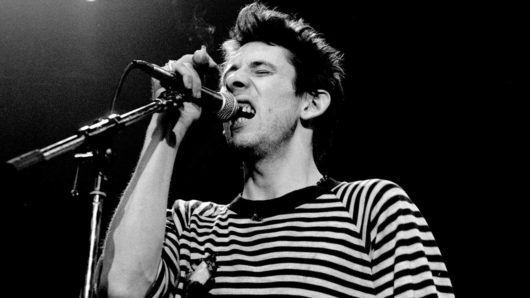Rock’n’roll clichés tell us that singers always get the attention, lead guitarists are flamboyant and drummers are eccentric, while bassists… well, they’re often overlooked and undervalued, even within their own bands. “It wasn’t the number-one job,” Paul McCartney once lamented. “Nobody wanted to play bass, they wanted to be up front!” Nonetheless, music would be in a sad state without its four-string fraternity, of whom the 20 best bassists remain icons to be revered.
Listen to our Rock Classics playlist here, and check out our best bassists of all time, below.
20: Dee Dee Ramone
Underpinning the best Ramones songs, Dee Dee Ramone was self-taught and probably qualifies as the least technically proficient name among this list of the best bass players of all time, yet his playing still had a major influence on an entire generation of musicians. Ramones’ basslines were far from complex, but they were as aggressive and hard hitting as they needed to be in order to follow Johnny Ramone’s buzzsaw guitar riffs. In devising this approach, Dee Dee Ramone helped define the playing style of fast picking associated with punk, setting the standard for all punk-rock bass players in the process.
Must hear: Rockaway Beach




